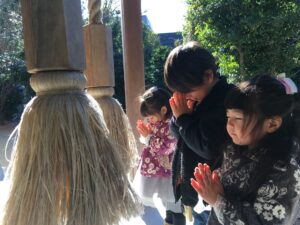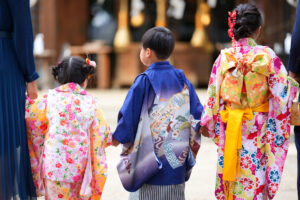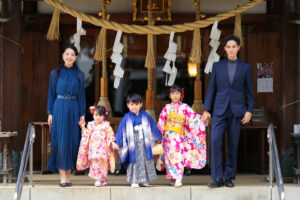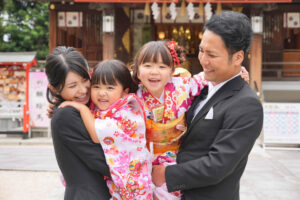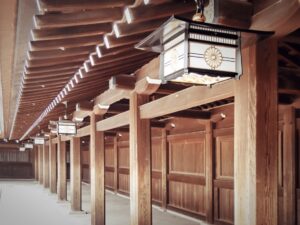The Japanese New Year (Shogatsu) is one of the most significant celebrations in Japan, marked by traditions steeped in history, family gatherings, and a focus on renewal and prosperity. This guide explores the customs, events, and dishes such as Osechi and Ozoni that make this time of year so unique and meaningful.
Understanding Japanese New Year (Shogatsu)
Discover the significance, history, and traditions of Japan’s most important annual celebration.
The Cultural Significance of Shogatsu
The Japanese New Year, or Shogatsu, holds deep cultural importance as a time for renewal, family bonding, and spiritual reflection. Celebrated from January 1st to 3rd, the New Year is marked by practices that symbolize hope and prosperity. Rooted in centuries-old traditions, Shogatsu has evolved alongside Japan’s rich history. During this time, families engage in rituals that honor their ancestors and seek blessings for the year ahead.
Historical Evolution of Japanese New Year
Initially aligned with the lunar calendar, the Japanese New Year shifted to the Gregorian calendar during the Meiji Restoration in 1873. This transition modernized the celebration but preserved many traditional customs. The holiday remains a vibrant blend of ancient and contemporary elements, showcasing Japan’s ability to balance tradition with progress.
Traditional Practices and Preparations
Understand the preparation rituals that set the stage for a prosperous and harmonious New Year.
House Cleaning and Purification
A hallmark of the New Year preparations is Osoji, or year-end cleaning. This ritual symbolizes purging negativity and creating a fresh start. Families clean their homes meticulously, inviting good fortune and setting a positive tone for the coming year.
Sending New Year’s Cards (Nengajo)

Nengajo, or New Year’s postcards, are a cherished custom. These cards are sent to express gratitude and well wishes. Postmarked for delivery on January 1st, they reflect a sense of community and connection, bridging distances among loved ones.
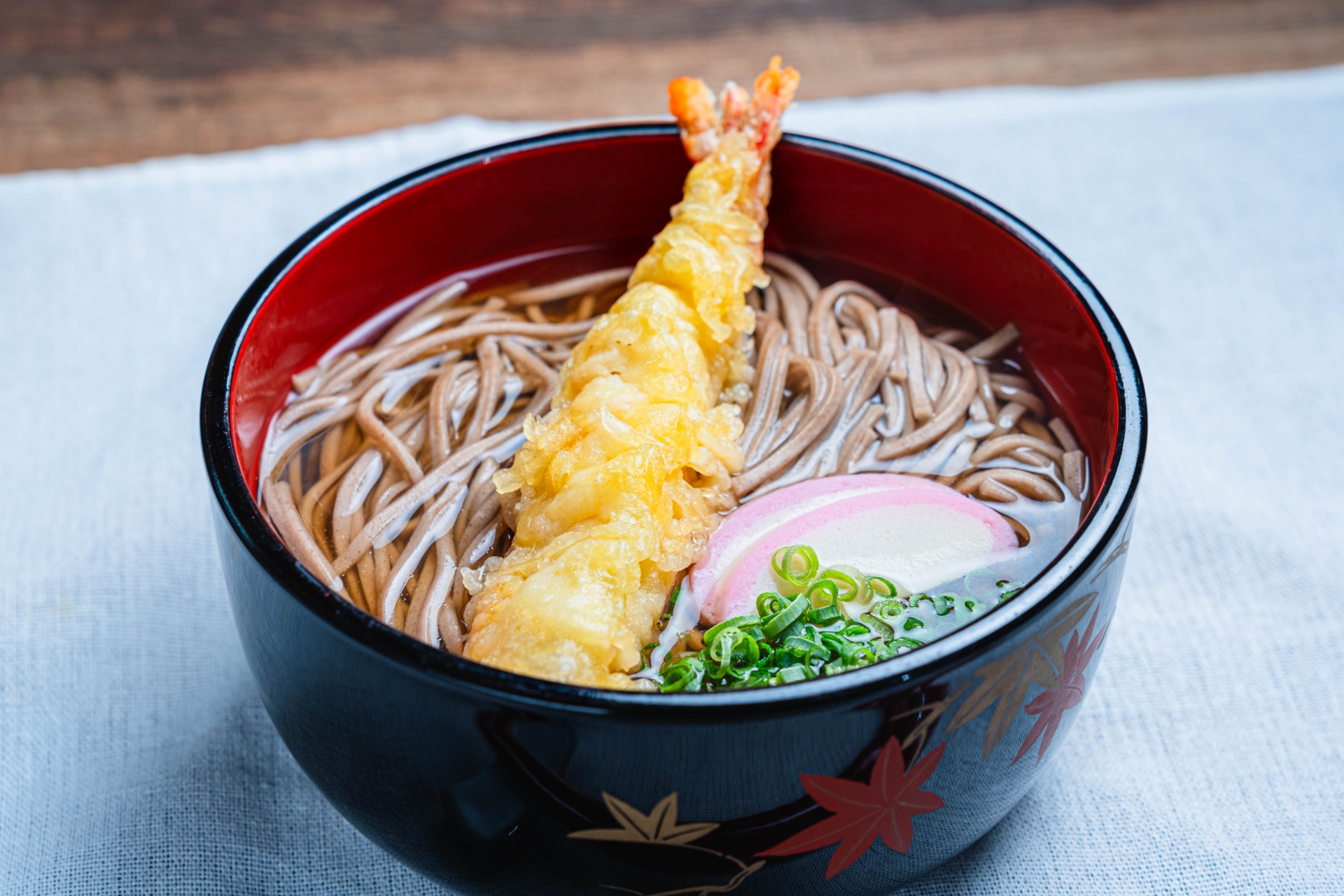
Decorations and Their Symbolism
Explore the iconic decorations that bring beauty and symbolism to the New Year celebrations.
Kadomatsu and Shimenawa
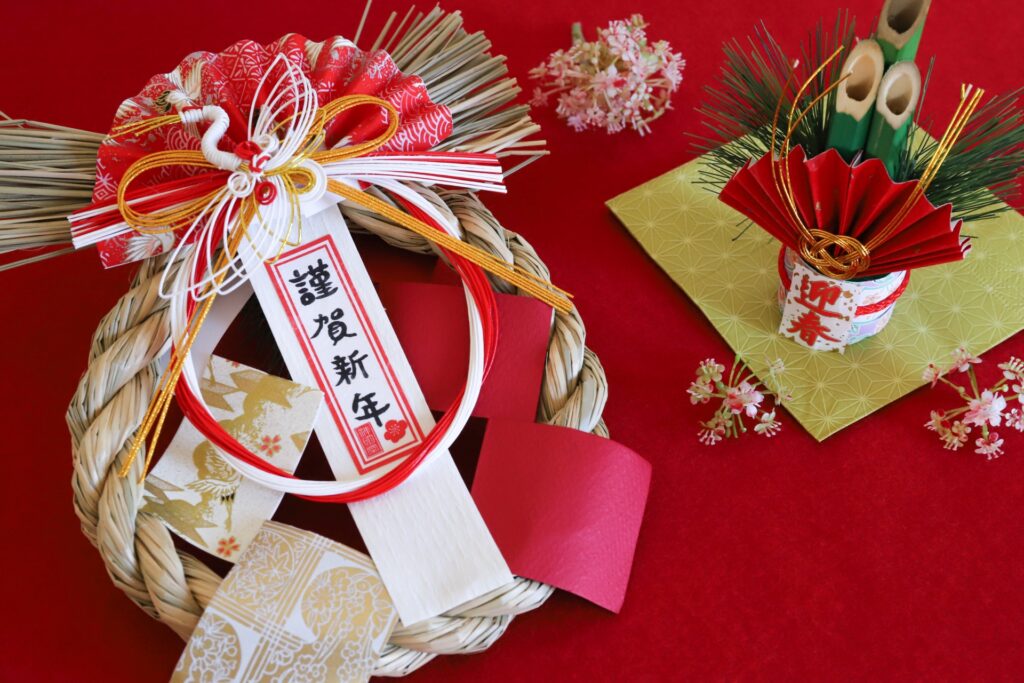
Kadomatsu, arrangements of pine, bamboo, and plum, are placed at entrances to invite prosperity and ward off evil spirits. Shimenawa, sacred straw ropes, adorn doors to signify purification and welcome the deities of the New Year.
Kagami Mochi
A central decoration, Kagami Mochi, comprises two stacked rice cakes topped with a mandarin orange. This arrangement symbolizes continuity, family unity, and the blessings of a bountiful harvest.
New Year’s Cuisine: A Feast of Symbolism
Dive into the culinary delights that are both delicious and rich in cultural meaning.
Osechi Ryori: The Quintessential New Year’s Feast
Osechi Ryori, served in lacquered boxes, is a visually stunning array of symbolic dishes. Each food item, such as black soybeans (symbolizing health) or herring roe (representing fertility), carries wishes for prosperity and longevity.
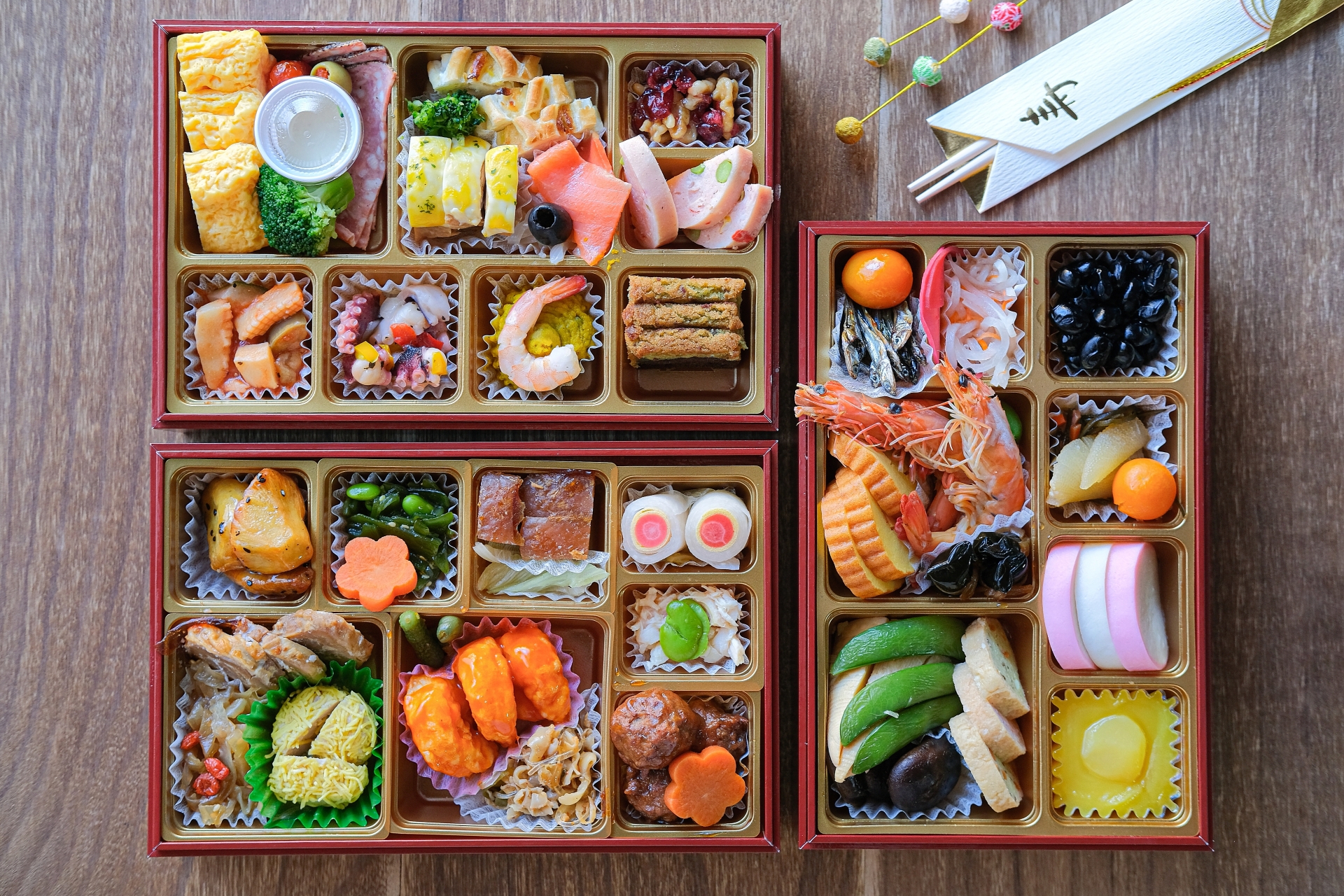
Ozoni: The Symbolic New Year Soup
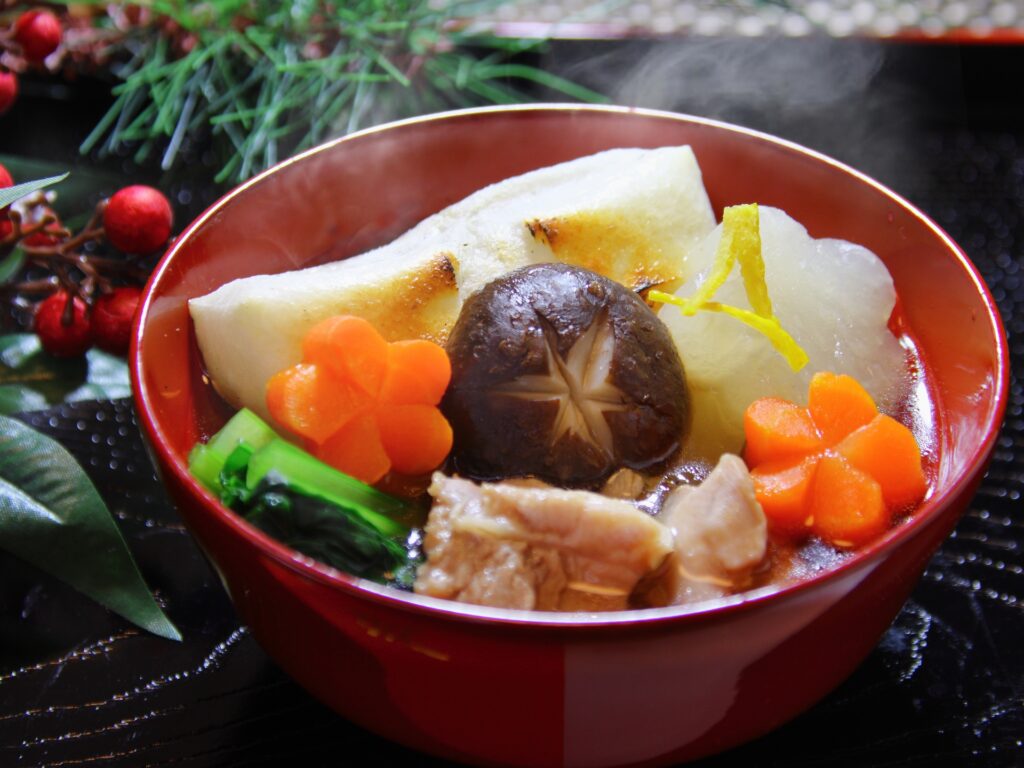
Ozoni, a soup featuring mochi and vegetables, varies regionally in ingredients and preparation. This dish symbolizes strength and community, reflecting Japan’s culinary diversity.
Celebratory Events and Activities
Engage with the vibrant traditions that make Japanese New Year celebrations truly memorable.
Hatsumode: The First Shrine Visit

Hatsumode is the first visit to a shrine or temple in the New Year. Families pray for good fortune and health, draw omikuji (fortune slips), and participate in traditional ceremonies.
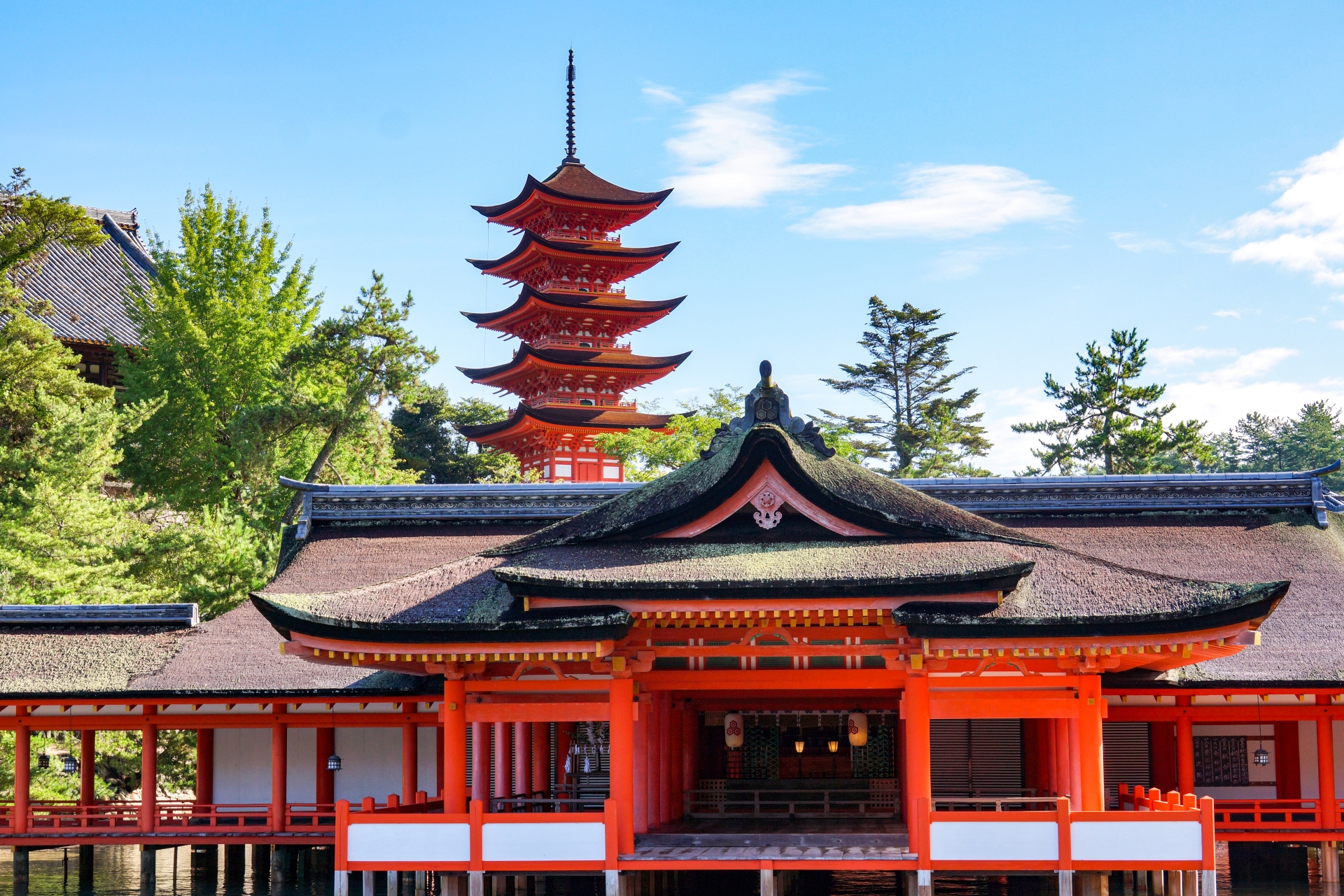
Entertainment and Festivities
From watching the first sunrise of the year to playing traditional games like hanetsuki, New Year’s celebrations are filled with joy and cultural enrichment. Events such as community festivals highlight the communal spirit of the season.
Regional Variations and Local Traditions
Discover the unique ways in which Japan’s regions add local flavors to New Year traditions.
Cuisine Across Japan
The preparation and ingredients of Osechi and Ozoni vary significantly across regions. Coastal areas may feature seafood prominently, while mountain regions often incorporate local vegetables.
Unique Local Celebrations
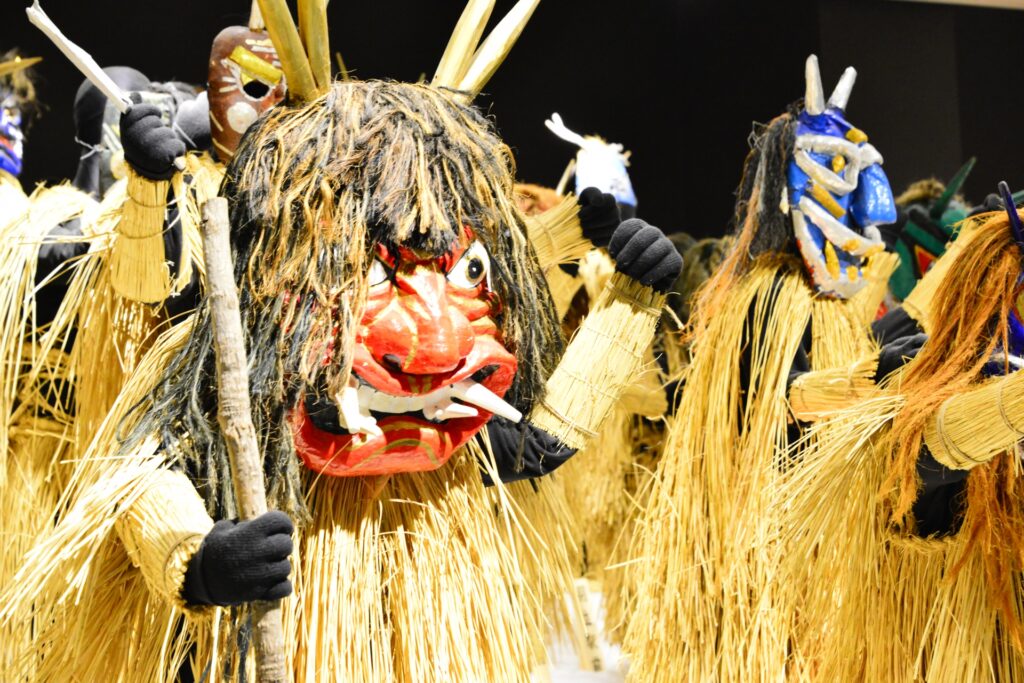
Regional traditions, such as Akita’s Namahage or Okinawa’s lion dances, add distinctive flavors to the national celebration, showcasing Japan’s rich cultural tapestry.


